- Before the class, I had limited experience in game design. I took a video game programming class three years ago, in which I completed a few official Unity tutorials (3D Roll-A-Ball, 2D Roguelike), coded a text-based game, and contributed to a 2D top-down horror adventure game as the artist on the team. When I made these games, I was more focused on implementation rather than design. I was given specific instructions and simply carried out the tasks.
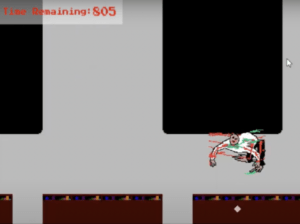
Figure 1. Remove One, a game I made before taking CS247G.
- CS247, however, was a lot more in-depth. It was the most fun and second most rewarding class I’ve taken at Stanford. I was eager to attend every single class because it was always so interactive, with games like Two Room and a Boom, Werewolves, and the Monster Battle. Section was always very engaging too. This class was about critical analysis, design, and implementation. It was about teamwork, creativity, and playtesting. I came out of the class more sure than ever that I want to be involved in game design and development in the future, either as a job or as a side hobby 🙂
- The two concepts that stuck with me the most were the formal elements of a game (players, objectives, outcomes, resources, procedures, rules, and boundaries) and the 8 kinds of fun (sensation, fantasy, narrative, challenge, fellowship, discovery, expression, submission). Now, whenever I encounter a new game, I am tempted to play it critically and impulsively think about its formal elements, the types of fun elicited, moments of success and failures, and what I like or dislike about the game.
- As a quick example, recently, I started playing Dislyte, a pop-fantasy RPG gacha game, and quickly figured out that its main types of fun are sensation (striking visuals and exuberant beats), narrative (each Esper character has their own story), challenge (forming the best teams based on the Espers you have) and fellowship (forming Dislyte Clubs and grouping with other players to complete tasks together). I liked its great art and fun battle mechanics, but disliked its harsh pity system for the gacha.
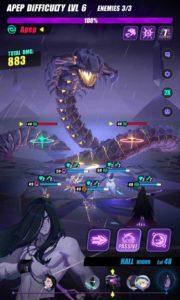
Figure 2. I recently started playing a game called Dislyte and was tempted to do a critical play in my mind.
- Another key takeaway from this class was the importance of playtesting. For both Project 1 and Project 2, my team play-tested more than five times, and even after all these playtests, I still think there is a lot of room for improvement, which can only be discovered through even more playtests. Rather than speculating the potential outcomes of an adjustment, it’s much faster to test it on some players, take notes, then judge and improve based on their experience.
- For Project 1, I was in a team of 3 and made a board game called Bok Bok Brawlers. I played more of an artist and visual designer role on the team, and gained solid skills in Figma, Canva, and created a visually appealing print-n-play handout.
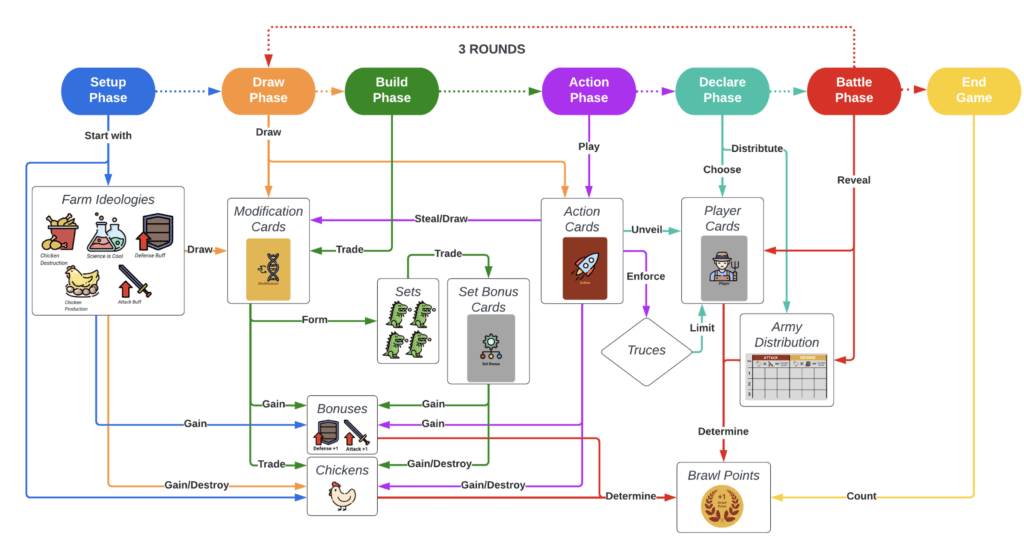
Figure 3. Concept map of Bok Bok Brawlers.
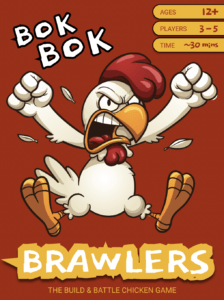
Figure 4. Front box cover of Bok Bok Brawler.
- For Project 2, I was in a team of 6, which made it a lot more chaotic than Project 1. There were lots of ideas, but also lots of disagreements. One notable disagreement was towards the beginning, after deciding on the general narrative, a third of the team wanted to make a 3D game, a third of the team wanted to make a 2D game, and a third of the team was neutral. It was almost a heated debate, involving yelling and more ideas such as 2.5D, but in the end, the 3D side gave in and we decided to make it 2D. But a few days later, I convinced everyone to switch to 3D despite some pushback. What I learned out of this was that it is impossible to make decisions that everybody fully supports, and it’s all about compromising. And when on a tight timeline, it is better to just decide on something and build it, rather than spending so much time on arguing about what is the best solution. We still made an awesome psychological horror game called Perfect Partner. I really like how our team was very balanced in terms of skillset (2 coders, 2 writers, 2 artists). I was a coder, and I am very proud of how we effectively divided up the tasks and came up with a fun, immersive, and narrative-driven game. I definitely grew to become a better team player.
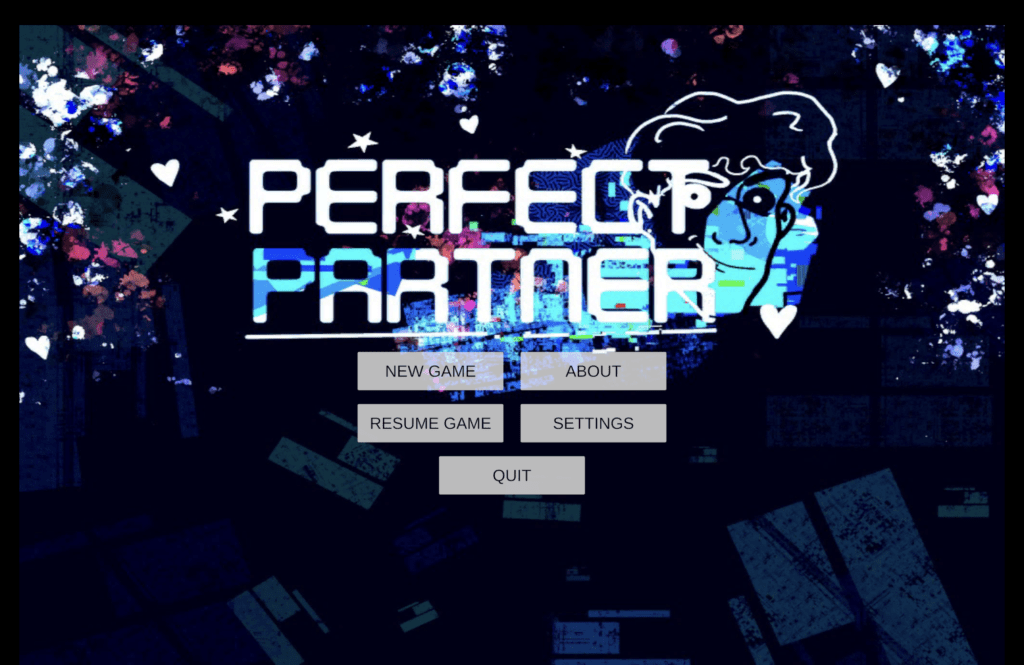
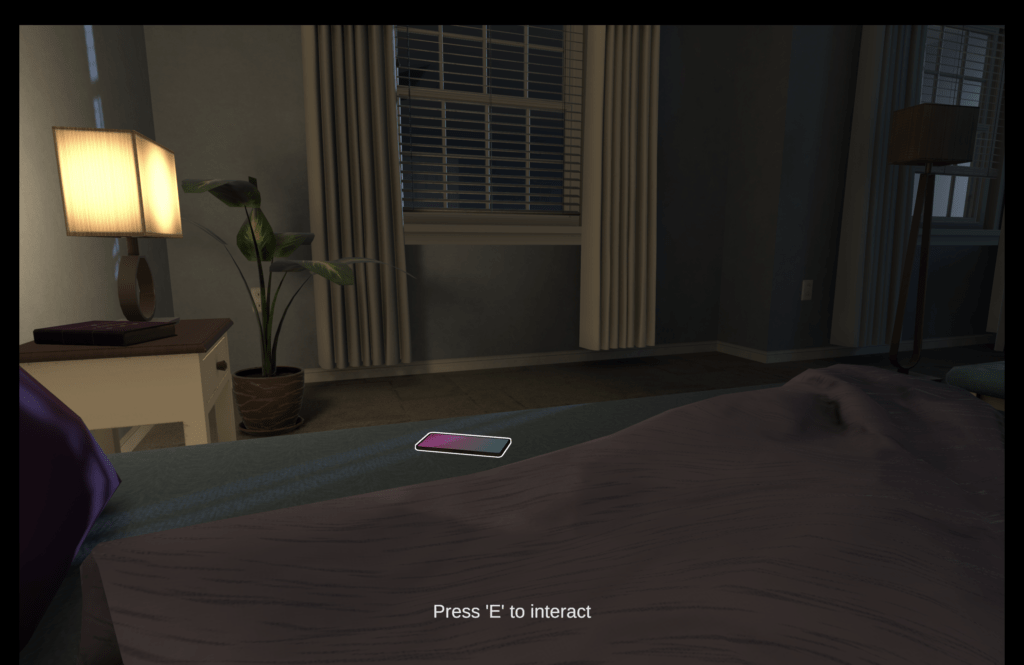
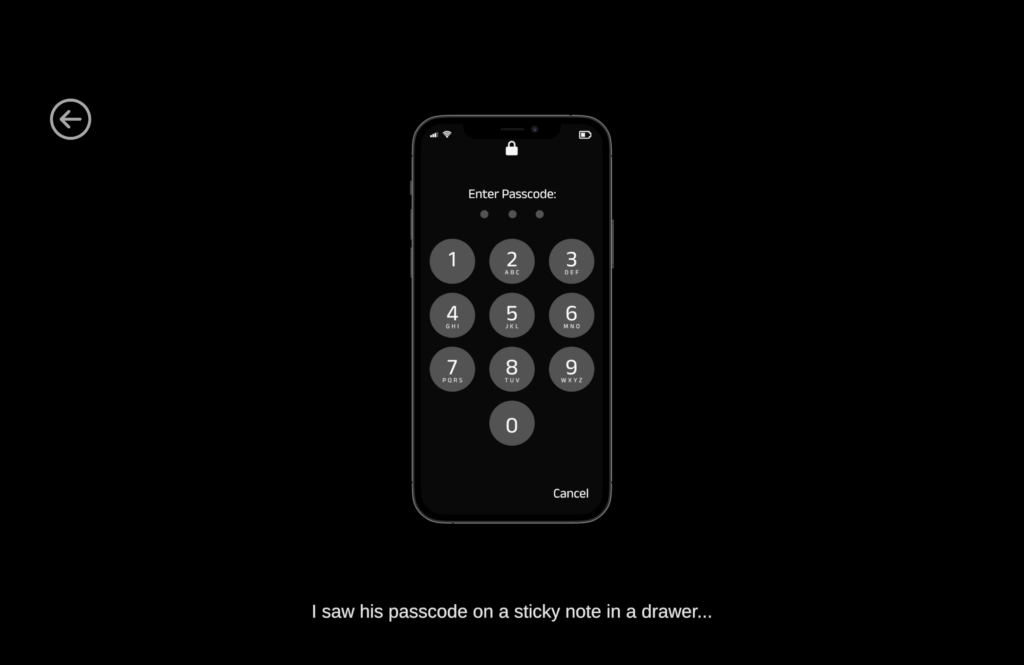
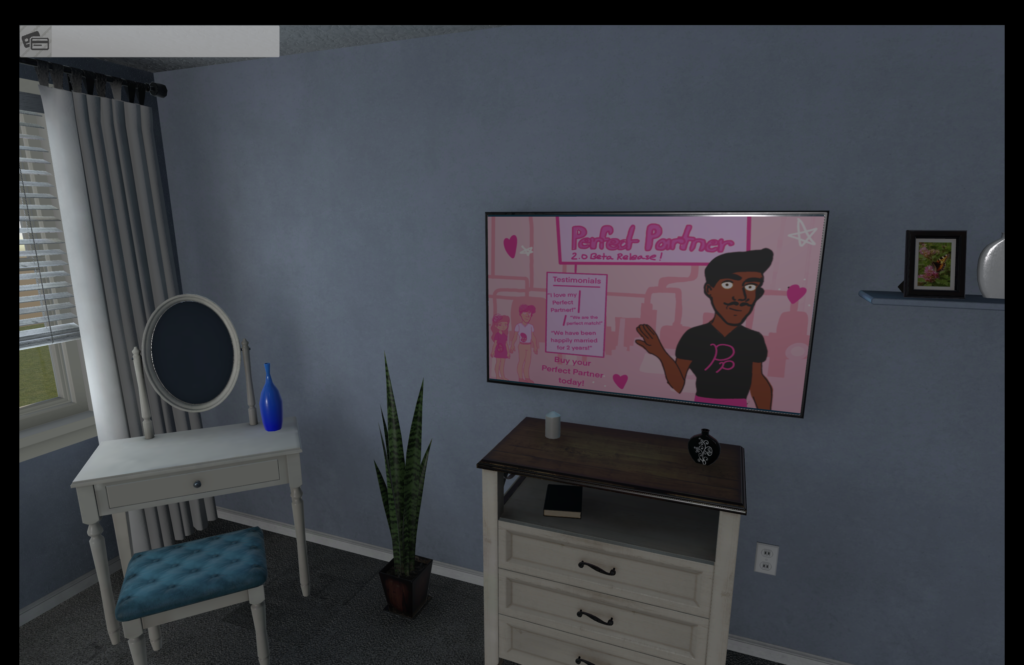
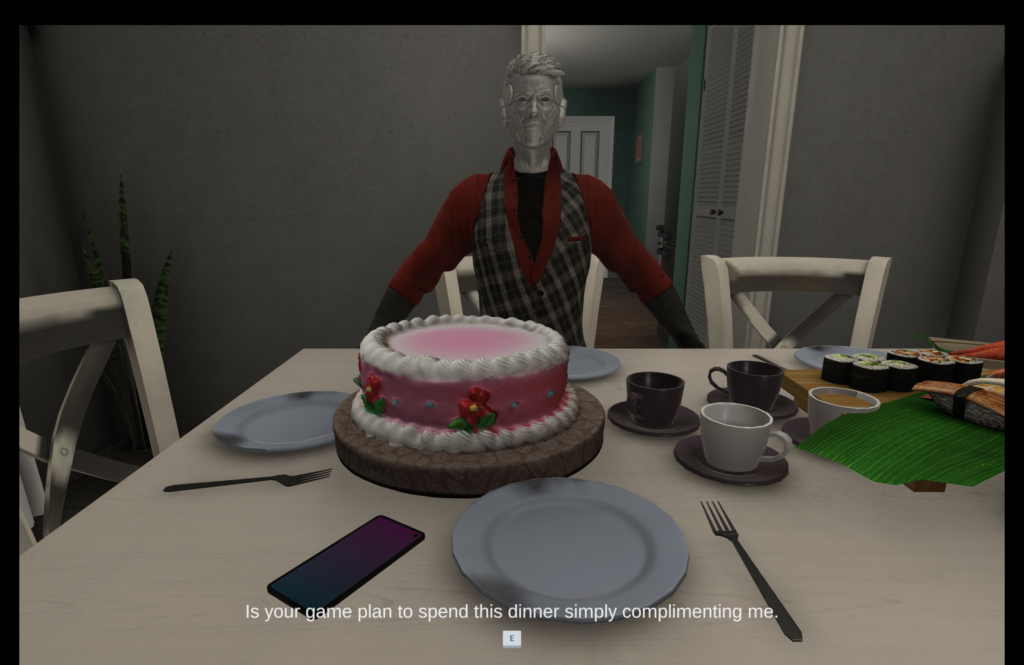
Figure 5. Screenshots of Perfect Partner.
- The guest lectures were very memorable too. I was awed by the one-page design presentation, and now I sometimes dream to become a one-page designer on a product team. As an escape room enthusiast, I was also captivated by Laura Hall’s lecture on escape room puzzles.
- I acquired a useful skill, sketchnoting, through lots of practice. Sketchnoting is now my preferred method of notetaking in some situations because I would consider myself a visual learner, and it is easier for me to grasp and remember important concepts when they are drawn own. For example, I began to process the slides in CS278, which I was taking concurrently, via sketchnoting.
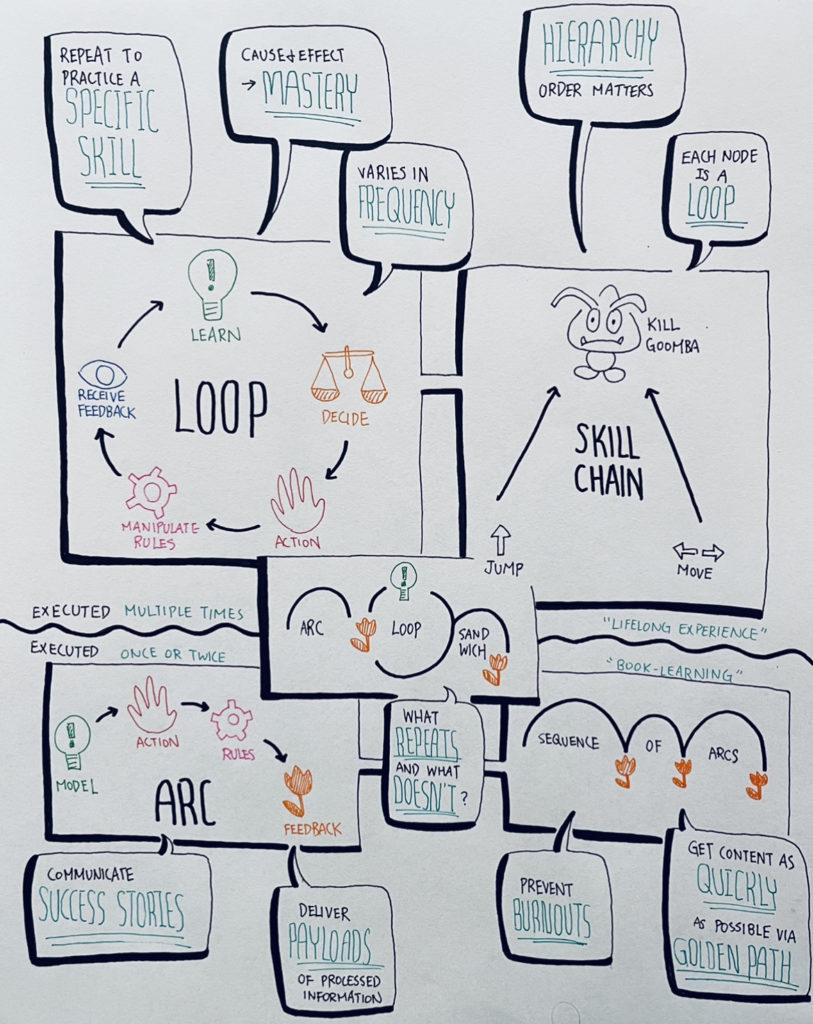
Figure 7. One of my sketchnotes this quarter.
- If I keep on working on these games, I would focus on finishing the remaining scenes of Project 2. For the final deliverable, we only implemented 3 scenes out of the planned 10+ scenes as a slice. I would love to spend a week or so just grinding out the rest of the gameplay to create a full experience, and perhaps polish it to a state where it can be published online!
- In the future, I want to keep making games. I think in the summer, I will try to make some board games and/or video games on my own.
- Finally, a huge shoutout to Christina and the teaching team for being super supportive and considerate in our learning journey.


